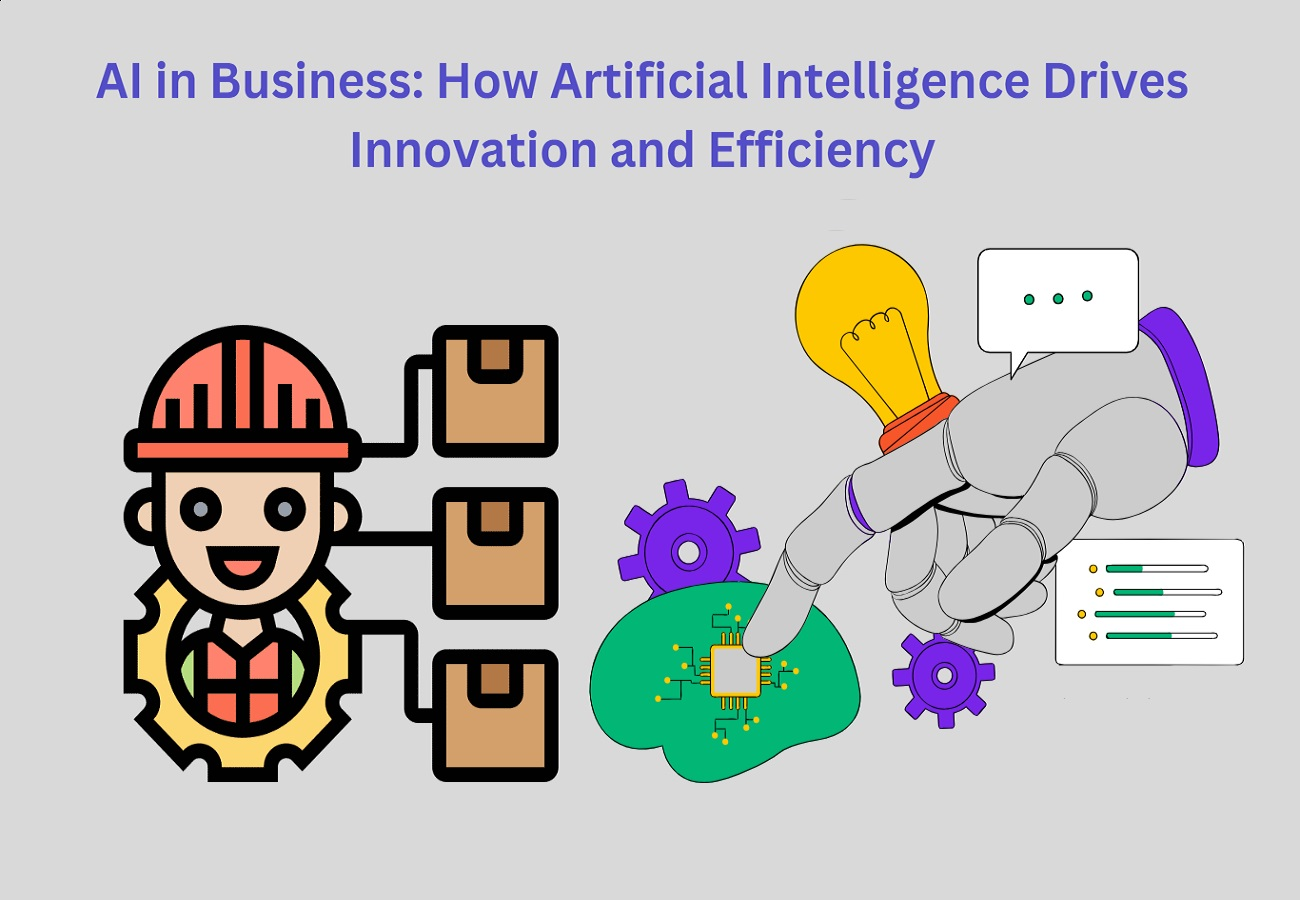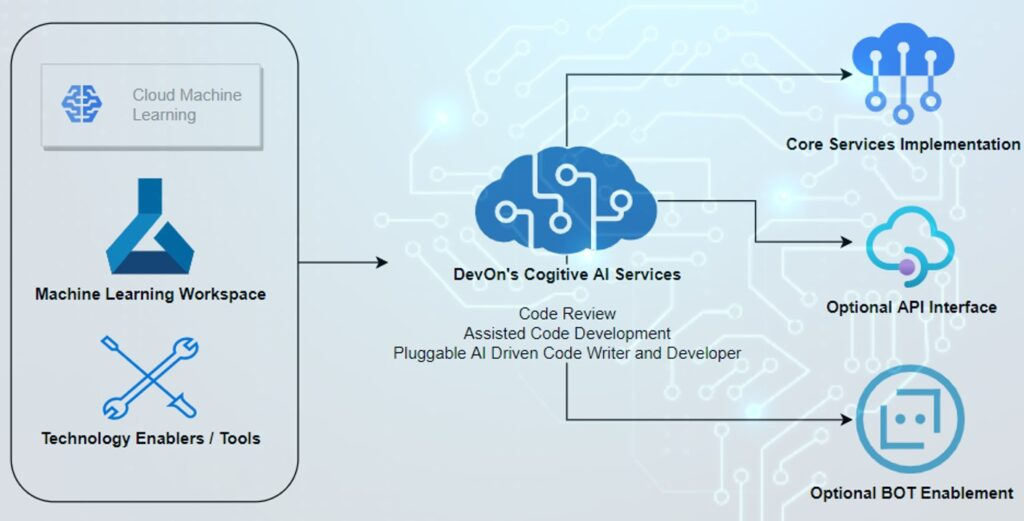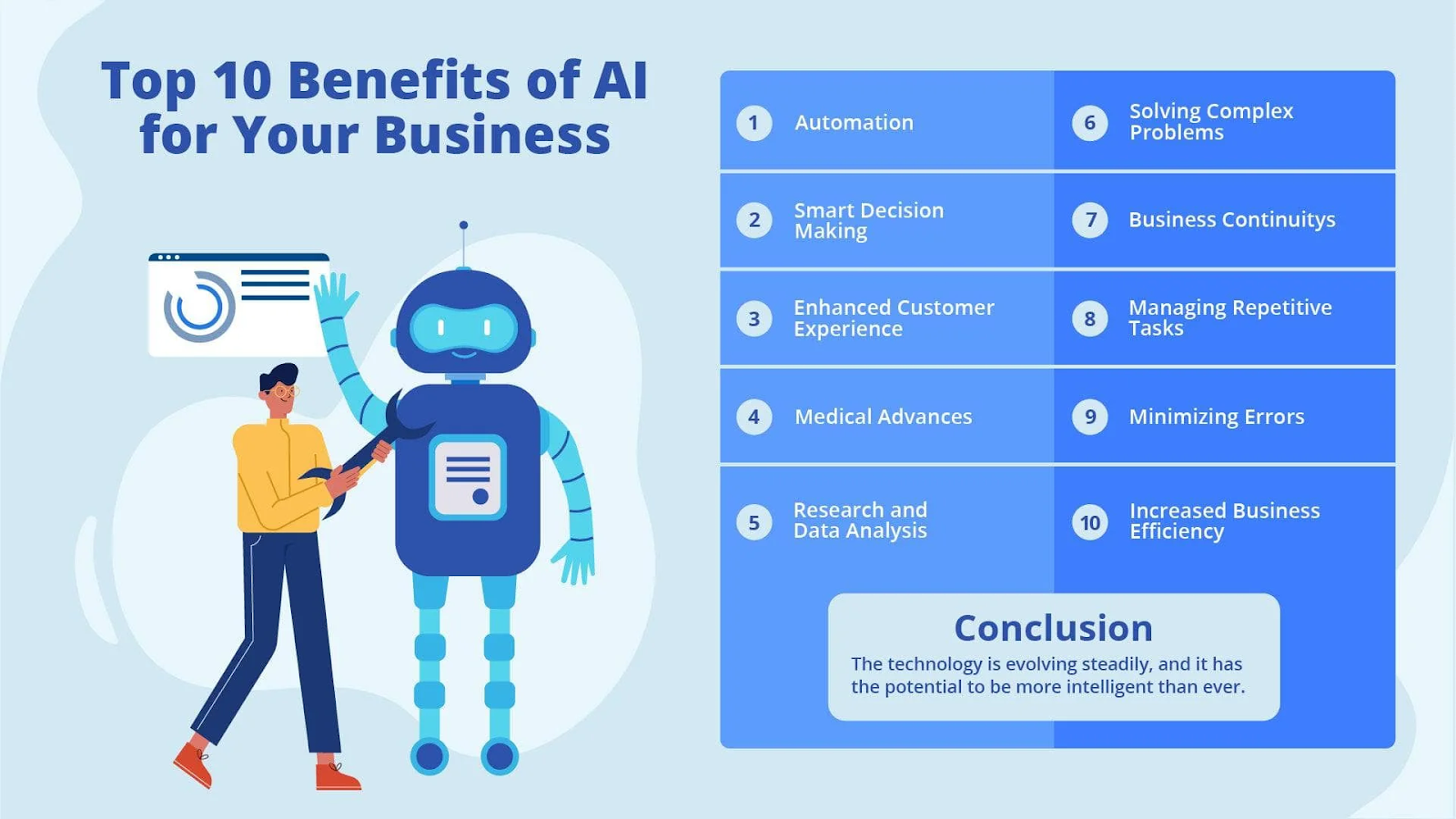Explore how AI-Driven Operations Management empowers enterprises to optimize workflows, anticipate bottlenecks, and achieve strategic agility through predictive analytics, automation, and intelligent decision-making.

-
- The Imperative of AI in Modern Operations
- Core Technologies Behind AI-Driven Operations Management
- Machine Learning and Predictive Analytics
- Robotic Process Automation (RPA)
- Digital Twins and Simulation
- Natural Language Processing and AI Dashboards
- Applications Across Industries
- Manufacturing: Smart Factories and Predictive Maintenance
- Supply Chain & Logistics: Optimized, Transparent, Adaptive
- Retail & E-commerce: Dynamic Pricing and Inventory Intelligence
- Healthcare & Pharma: Operational Resilience and Patient Flow
- Strategic Benefits of AI-Driven Operations
- Implementation Challenges and Strategic Solutions
- Case Studies: Real-World Success with AI-Driven Operations
- The Future of Autonomous Enterprise Operations
- Conclusion: Transforming Operations into a Strategic Asset
Introduction: The Dawn of AI-Driven Operational Excellence
AI-Driven Operations Management is redefining enterprise efficiency in 2025. By combining artificial intelligence, machine learning, and predictive analytics, enterprises can anticipate operational bottlenecks, optimize workflows, and achieve unprecedented agility. Unlike traditional frameworks reliant on human intuition, AI-driven operations are predictive, autonomous, and continuously self-optimizing.
In the rapidly evolving digital ecosystem of 2025, operational efficiency is no longer a mere cost-saving exercise—it has become a strategic differentiator. AI-driven operations management represents the cutting-edge synthesis of artificial intelligence, machine learning, and predictive analytics that allows enterprises to not only optimize their workflows but also anticipate operational bottlenecks, adapt to market volatility, and achieve unprecedented agility.
Traditional operational frameworks, while functional, often rely on human intuition and historical data. In contrast, AI-infused operations are predictive, autonomous, and continuously self-optimizing. This paradigm shift transforms operations from reactive, transaction-driven processes into proactive, insight-led engines that drive revenue, elevate customer experiences, and future-proof business continuity.
1. The Imperative of AI in Modern Operations
In today’s hyper-connected economy, enterprises are inundated with a torrent of data spanning production, supply chain logistics, customer interactions, and market trends. AI-driven operations management enables organizations to harness this complexity, transforming raw data into actionable insights.
The modern operational landscape demands:
- Agility: The ability to pivot in real-time as markets fluctuate.
- Precision: Eliminating inefficiencies in processes that cost millions annually.
- Predictive Capacity: Anticipating disruptions before they materialize.
AI is no longer a back-office augmentation; it is a strategic partner. Companies that deploy AI in operations experience accelerated decision-making cycles, reduced operational redundancies, and a measurable uptick in ROI across multiple business functions.
2. Core Technologies Behind AI-Driven Operations Management

2.1 Machine Learning and Predictive Analytics
Machine learning (ML) algorithms are the linchpin of predictive operations. By analyzing historical and real-time datasets, ML models forecast production bottlenecks, equipment failures, and resource shortages. Predictive analytics empowers managers to preemptively allocate resources, schedule maintenance, and reduce downtime—turning operational guesswork into scientific precision.
Example: A global electronics manufacturer integrated predictive maintenance AI across its assembly lines. The result: a 35% reduction in unplanned downtime and a 20% improvement in throughput efficiency.
2.2 Robotic Process Automation (RPA)
RPA complements AI by automating repetitive, rule-based tasks that historically consumed significant human labor. Invoice processing, supply chain reconciliation, compliance reporting, and inventory updates can now be executed autonomously with higher accuracy and near-zero error rates.
Strategic Insight: When AI predicts which processes are bottlenecks, RPA acts as the execution arm, creating an end-to-end autonomous operational ecosystem.
2.3 Digital Twins and Simulation
Digital twins—virtual replicas of physical assets, workflows, or entire factories—allow enterprises to simulate operational scenarios, test new strategies, and optimize resource allocation without disrupting live systems. Combined with AI, digital twins enable:
- Scenario-based decision-making
- Stress testing under varying conditions
- Continuous learning through simulation-feedback loops
This integration allows companies to experiment boldly, mitigate risk, and refine operations before committing to high-stakes investments.
2.4 Natural Language Processing (NLP) and AI Dashboards
NLP-driven AI dashboards transform raw operational data into digestible insights for decision-makers. Managers can query systems using natural language, receive predictive recommendations, and make real-time operational adjustments without deep technical expertise.
Example: Retail chain executives can ask, “Which warehouses are likely to face inventory shortages next week?” and receive actionable guidance synthesized from multi-modal data.
3. Applications Across Industries
3.1 Manufacturing: Smart Factories and Predictive Maintenance
Manufacturing operations are increasingly powered by AI-driven systems that optimize machinery, labor, and production lines. Predictive maintenance algorithms analyze vibration, temperature, and usage patterns to forecast failures, minimizing downtime. Smart factories dynamically adjust production schedules based on demand forecasts and real-time supply chain conditions.
3.2 Supply Chain & Logistics: Optimized, Transparent, Adaptive
AI-driven operations management enables logistics networks to optimize routing, predict shipping delays, and reduce inventory holding costs. Through autonomous learning, these systems dynamically adapt to weather disruptions, geopolitical events, and consumer demand shifts—creating resilient, intelligent supply chains.
3.3 Retail & E-commerce: Dynamic Pricing and Inventory Intelligence
Retailers leverage AI to balance inventory levels, forecast demand, and adjust pricing strategies in real-time. Multi-modal AI analyses customer behavior, social trends, and historical sales to predict which products to stock, when, and at what price, creating seamless omnichannel experiences.
3.4 Healthcare & Pharma: Operational Resilience and Patient Flow
Hospitals and pharmaceutical operations benefit from AI-driven predictive scheduling, patient flow optimization, and resource allocation. Cognitive AI systems forecast patient admissions, optimize staffing, and ensure critical equipment availability, enhancing patient outcomes and operational efficiency.
4. Strategic Benefits of AI-Driven Operations

- Cost Reduction: Streamlined processes, predictive maintenance, and automated workflows reduce operational expenditure.
- Enhanced Agility: Real-time insights enable rapid response to market shifts or disruptions.
- Operational Transparency: AI dashboards provide end-to-end visibility into workflows and supply chains.
- Risk Mitigation: Predictive algorithms anticipate bottlenecks, quality issues, and compliance lapses.
- Scalable Decision-Making: Decision-makers receive insights that scale across facilities, geographies, and business units.
5. Implementation Challenges and Strategic Solutions
- Data Integration: Consolidating siloed datasets into a unified AI-ready ecosystem.
- Change Management: Upskilling staff to work alongside AI systems and embedding AI in operational culture.
- Ethical AI Deployment: Ensuring transparency, fairness, and governance in autonomous decision-making.
Solution: Implement phased AI adoption with clear KPIs, robust governance frameworks, and continuous workforce training programs.
6. Case Studies: Real-World Success with AI-Driven Operations
- Global Automotive Manufacturer: Reduced downtime by 30% using predictive maintenance AI.
- E-commerce Giant: Optimized inventory and pricing with AI, achieving a 25% revenue uplift during peak seasons.
- Healthcare Network: Improved patient flow and staffing efficiency with cognitive AI scheduling, enhancing care quality.
7. The Future of Autonomous Enterprise Operations
The next frontier lies in self-optimizing operational ecosystems—where AI autonomously monitors, adjusts, and learns from workflows without human intervention. Integration with IoT, edge computing, and advanced analytics will create adaptive enterprises capable of responding instantaneously to environmental, market, or operational changes.
8. Conclusion: Transforming Operations into a Strategic Asset
AI-driven operations management is no longer a futuristic concept—it is the linchpin of modern enterprise competitiveness. By fusing predictive intelligence, autonomous automation, and cognitive decision-making, organizations transform operations from tactical execution to strategic advantage.
Enterprises embracing AI in operations unlock not only cost efficiencies but also resilience, agility, and a foundation for continuous innovation. In the digital economy, where responsiveness and foresight define market leaders, AI-driven operational excellence is the ultimate differentiator.
Call to Action: For forward-looking enterprises, integrating AI-driven operations management is not optional—it is imperative. Invest strategically in AI technologies, upskill your workforce, and transform your operational workflows into autonomous, insight-driven engines that fuel sustainable growth.


